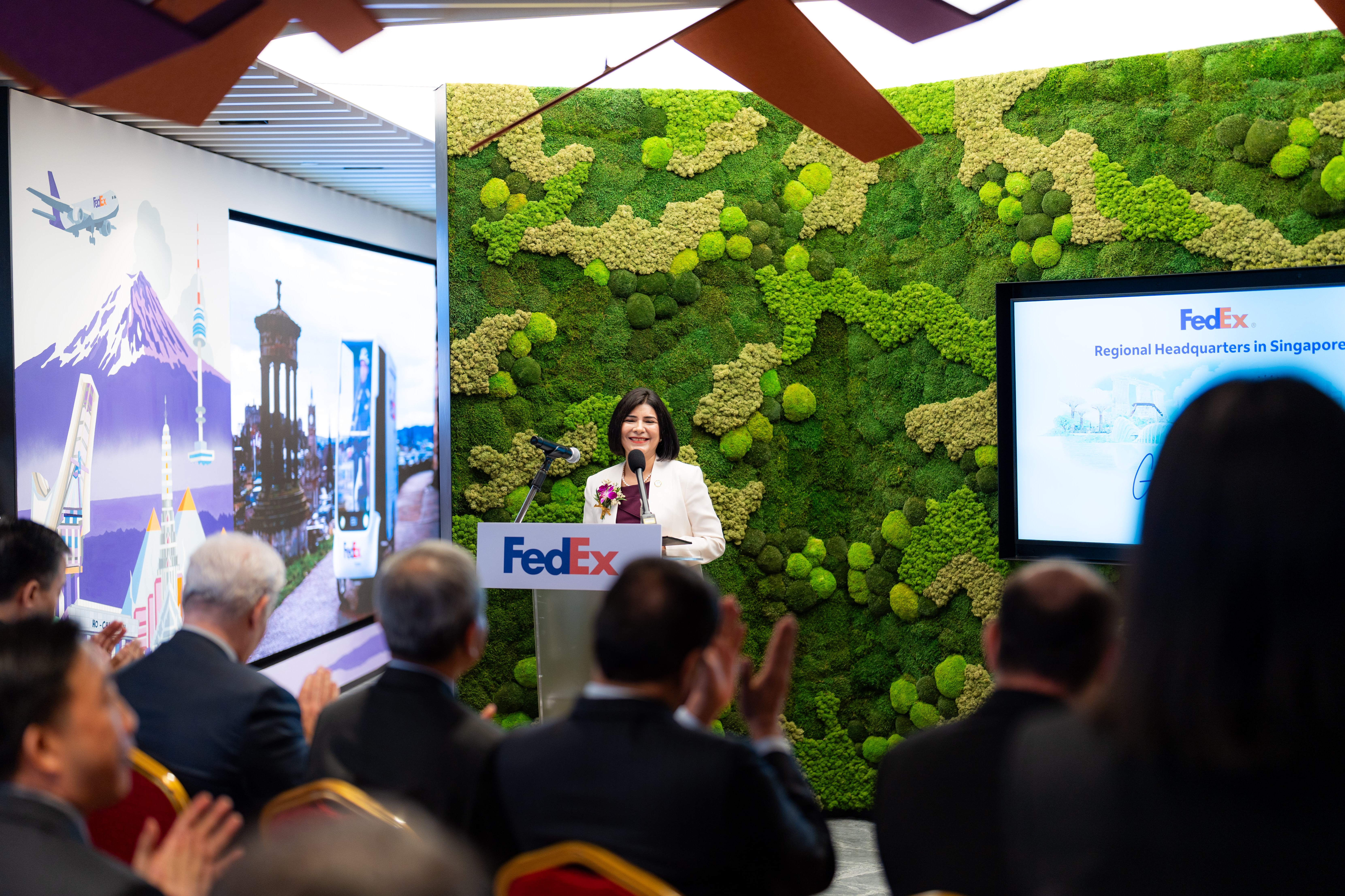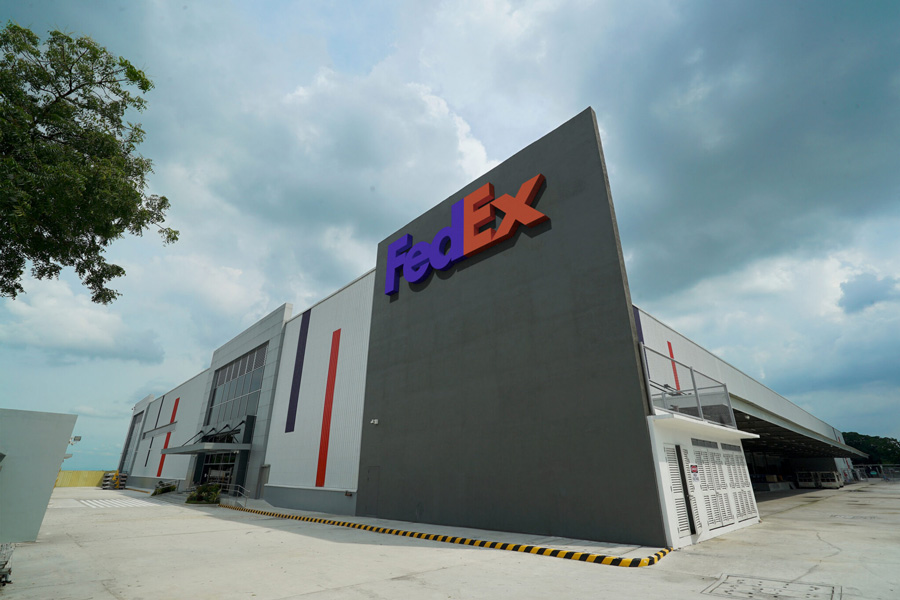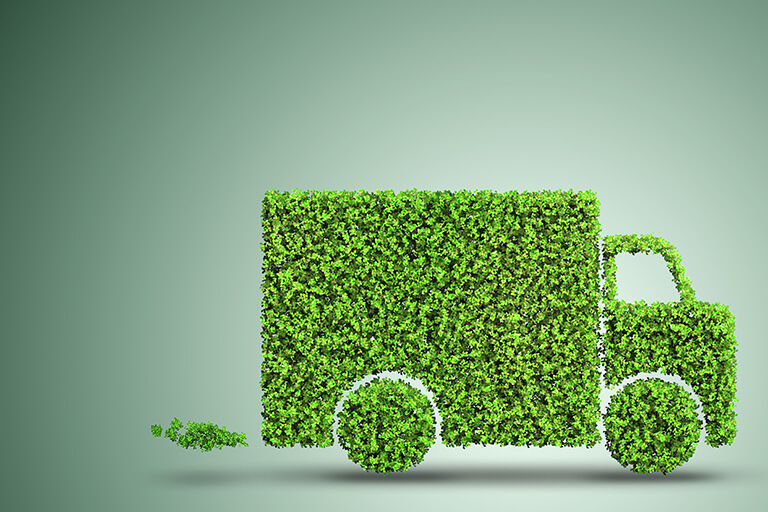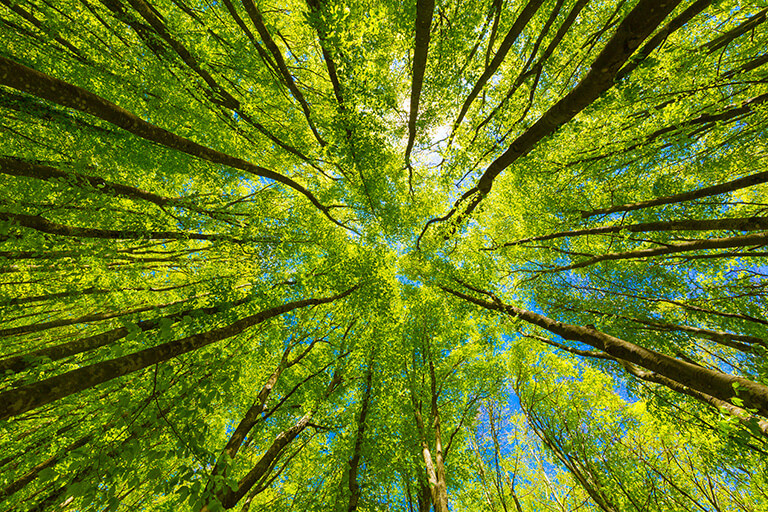How To Make Facilities More Sustainable In Asia Pacific
We’re continually looking at ways to make our operations more sustainable. From green building to sustainable construction, discover how FedEx facilities across the region are designed to conserve energy and minimize our carbon footprint.
- When it comes to making business operations more sustainable, it’s essential to create infrastructure and facilities that are as environmentally friendly as possible.
- From green building and sustainable construction to minimizing energy waste, there are many ways to operate with less impact on the planet.
- We look at some of the most sustainable FedEx facilities in Asia Pacific and how they contribute to our overall sustainability goals.
One of the most important challenges we face today is how to secure a sustainable future for communities and our planet. From reducing emissions to switching to cleaner energy sources, there are many ways to be kinder to the environment.
One of the fundamentals for any business that wants to operate more sustainably is smart, green infrastructure. By planning, developing, and building more responsibly and resourcefully, we can lessen our overall environmental impact.
Sustainable construction includes the use of sustainable, green building materials and construction techniques including lighting, ventilation, insulation, water recycling, energy efficiency and renewable power generation.
With facilities in Asia Pacific located in some of the world’s hottest and most extreme climates – from subtropical conditions to year-round sun – this is even more critical to get right.
One of the fundamentals for any business that wants to operate more sustainably is smart, green infrastructure. By planning, developing, and building more responsibly and resourcefully, we can lessen our overall environmental impact.
Sustainable construction includes the use of sustainable, green building materials and construction techniques including lighting, ventilation, insulation, water recycling, energy efficiency and renewable power generation.
With facilities in Asia Pacific located in some of the world’s hottest and most extreme climates – from subtropical conditions to year-round sun – this is even more critical to get right.
Why sustainable construction is critical for a greener future
In both the public and private construction sectors, sustainable buildings are being commissioned to comply with the United Nations Sustainable Development Goals, which include resilient infrastructure and promoting inclusive and sustainable industrialization.
At FedEx, we’re working hard towards our global sustainability goal of carbon neutral operations by 2040. In addition to modernizing our air network and electrifying our ground fleet, shifting to paperless solutions, and using sustainable and reusable packaging, we’re also reinventing what a sustainable FedEx facility looks like.
So far, we’ve generated on- and off-site solar energy at 34 global locations across our operating companies. And thanks to lighting retrofits and energy management systems, we saved over 223 million kilowatt hours of electricity in 2023.
So far, we’ve generated on- and off-site solar energy at 34 global locations across our operating companies. And thanks to lighting retrofits and energy management systems, we saved over 223 million kilowatt hours of electricity in 2023.

Whether it’s a newly-built or an existing facility in need of an upgrade, the use of sustainable materials and features that help conserve natural resources, power or electricity is non-negotiable.
For example, our facility in Victoria, Australia reduces impact on the environment with energy-saving LED lighting, and collects and reuses rainwater on site. It’s also strategically located to help deliver to surrounding suburban and remote areas, saving the emissions it would require to transport packages over long distances from a hub further away.
Also in Australia, our Adelaide Gateway uses 100% LED lighting to save more than 50% kW per year versus traditional lighting. Equivalent to a 4-star environmental Australian rating, the facility is also equipped with EV charging provisions and scalability.
But the hard work doesn’t stop there. Read on to take a closer look at some of our most energy-efficient and sustainable facilities across the region.
For example, our facility in Victoria, Australia reduces impact on the environment with energy-saving LED lighting, and collects and reuses rainwater on site. It’s also strategically located to help deliver to surrounding suburban and remote areas, saving the emissions it would require to transport packages over long distances from a hub further away.
Also in Australia, our Adelaide Gateway uses 100% LED lighting to save more than 50% kW per year versus traditional lighting. Equivalent to a 4-star environmental Australian rating, the facility is also equipped with EV charging provisions and scalability.
But the hard work doesn’t stop there. Read on to take a closer look at some of our most energy-efficient and sustainable facilities across the region.
Incheon Gateway, South Korea
Our sustainable facility at Incheon Airport, South Korea offers enhanced capabilities for local businesses looking to access international markets and support the growing demand for e-commerce and cold-chain shipments.
This advanced automated facility can now sort up to 12,000 packages per hour. But how about its eco-credentials?
We’ve added many features green building and infrastructure in mind. As a G-SEED (Green Standard for Energy and Environmental Design)-certified building, the facility can generate renewable energy through 2,400 solar panels on its rooftop. This solar power supplies approximately 19% of the facility’s energy needs each month.
A green roof reduces heat flow and energy consumption. And finally, 100% LED lighting helps save more than 22,000kW per year.

New Asia Pacific HQ in Singapore
Situated at Centennial Tower, our new regional headquarters for APAC, spanning 2,694 square meters, prioritizes sustainability. The office incorporates green-certified renovation products, with about 80% of new materials meeting local certification standards.
Additionally, energy-efficient electrical fixtures and automatic lighting controls are employed to reduce electrical consumption.
Additionally, energy-efficient electrical fixtures and automatic lighting controls are employed to reduce electrical consumption.
Clark Gateway, Philippines
The FedEx Clark Gateway was launched in September 2021 to provide Philippines customers with greater connectivity and reliable shipping to the US, Europe and Asia. Equipped with state-of-the-art technology, the 17,000-square-meter facility enables faster processing with the capability to sort 9,000 parcels per hour. It also has a high-tech cold storage facility for varying temperature-sensitive shipments.

Special care was also taken to ensure that the facility lessens environmental impact, while connecting the region’s businesses to the world responsibly and resourcefully. In line with our sustainability goals, the Clark gateway exclusively uses electric ground service equipment, replacing traditional units that run on fuel.
Other sustainable features include:
- 100% use of LED power density reduction lights
- HVLS (high volume low speed fans), saving 70% of the electric consumption from regular ceiling fans
- Environmentally friendly exterior wall thermal insulation from 85% newspaper and 15% borate minerals
A commitment to a sustainable future
What do all these FedEx facilities have in common? In addition to the use of eco, energy-saving building materials and automation sorting technology to save power and resources, many of our facilities are established directly within an airport.
The short distances required to move packages and pallets to our planes mean quicker loading and unloading of customer goods. We can also save on emissions from transportation to our gateway facilities and sorting hubs, which would otherwise increase with longer journeys.
One final consideration is readiness for the future electrification of our parcel pickup and delivery fleet. All new or upgraded FedEx facilities are compatible with EV charging infrastructure, ready for EV deployment.
Infrastructure continues to be a crucial part of our global push to make FedEx operations more sustainable, alongside our plan to deploy more zero-tailpipe emissions vehicles in the coming decade. To learn more about our sustainability initiatives across Asia Pacific, head here.
***


















 The Latest
The Latest